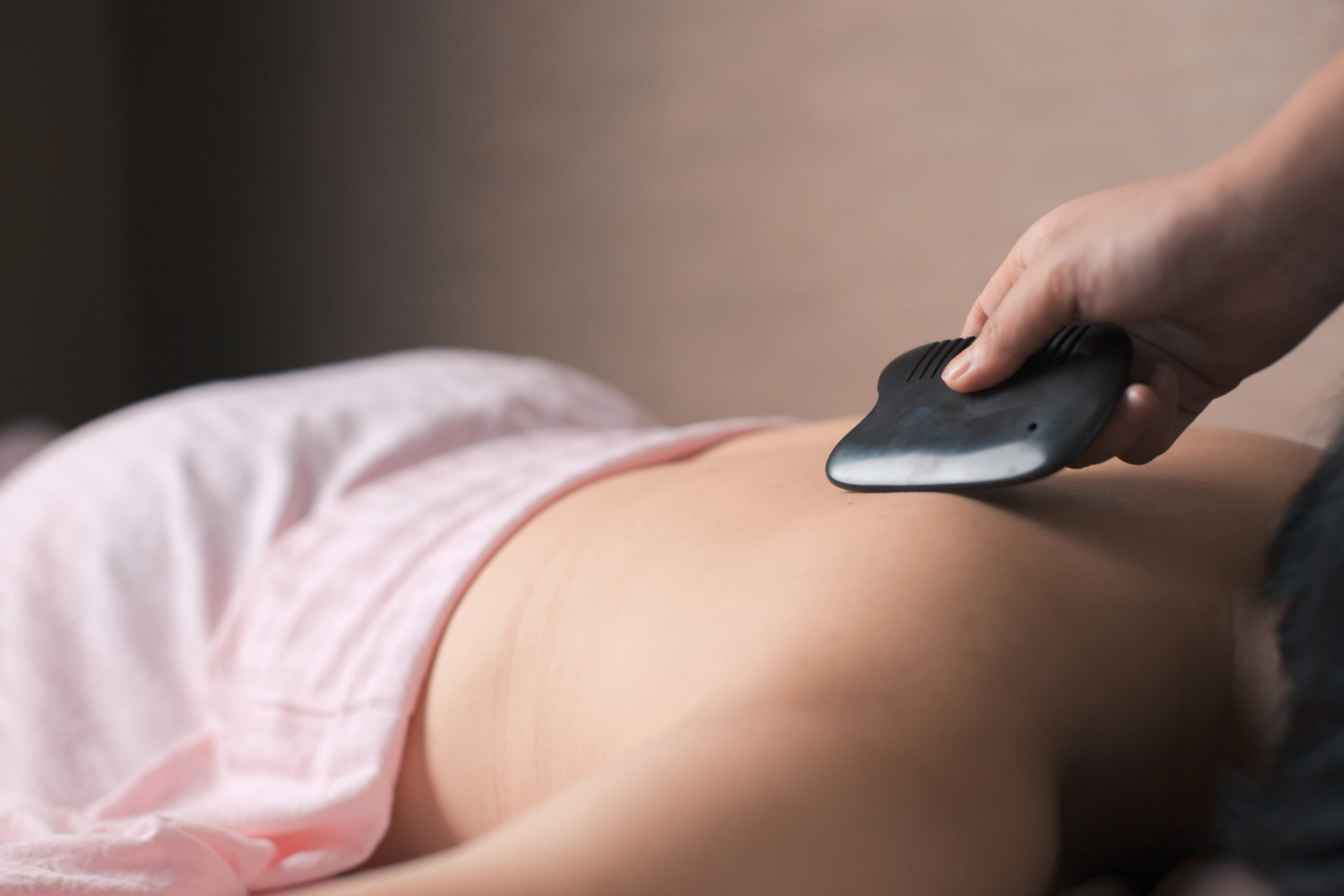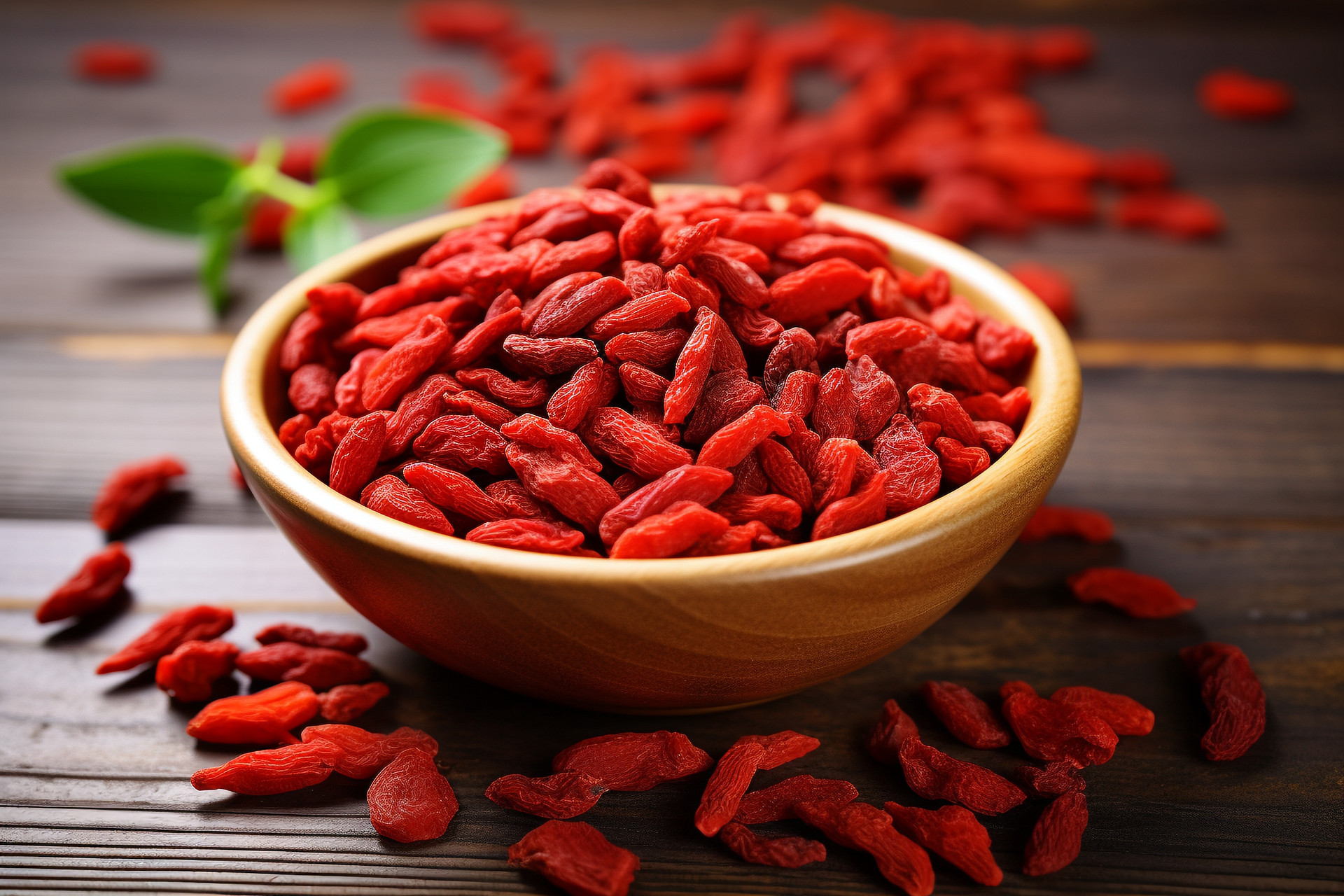Deer tendon is described in the "New Luxury Materia Medica" as the tendons of the hind legs of the deer species Cervus elaphus Linnaeus or Cervus nippon Temminck. It can be harvested throughout the year. After killing the deer, the tendons are extracted from the hind legs, with the hooves preserved. They are then washed and can be used fresh or dried.
[Processing Method]
1. Deer tendon: Take the raw herb, remove impurities and hooves, soak in warm water for 2 hours, wash thoroughly, remove and simmer over low heat until soft. Cut into thin slices while still hot and dry.
2. Blanched deer tendon: Take the deer tendon slices, stir-fry with talcum powder until fluffy, remove the talcum powder, let it cool, and grind into powder. The amount of talcum powder should be enough to cover the added ingredients.
[Appearance of prepared slices] Deer tendon is irregularly flattened and circular in shape, golden yellow or brownish yellow in color, glossy, transparent, tough in texture, and slightly fishy in odor. Blanched deer tendon resembles the shape of deer tendon, with the body swollen, a deepened color, and a slight fragrance.
[Processing properties] Deer tendon has a salty and warm taste. It is known for its ability to tonify the liver and kidneys, strengthen tendons and bones, invigorate the lower back and knees, and dispel wind and dampness. It is used for liver and kidney deficiency, weak lower back and knees, tendon and bone pain, muscle spasms, and rheumatic pain. Raw deer tendon is tough in texture and has a fishy odor. Blanched deer tendon has a crisp texture and is easy to crush.
[Processing research] According to reports, deer tendon segments are placed in a preheated oven at 195℃ until they turn yellow and swell. They are then taken out, crushed, and sieved through a 40-mesh sieve as the processed product. The indicators used for analysis include 50% ethanol extract, chloroform extract, total nitrogen, total ash, 10 amino acids, 20 inorganic elements, and two hormones (testosterone and estradiol). The results showed that there were no significant differences in most of the components between raw deer tendon and processed products. The 50% ethanol extract significantly increased after processing, being 2.5 times (for Cervus nippon tendon) and 2 times (for Cervus elaphus tendon) higher than before processing. Hormone levels decreased, while other components showed no significant changes. Before processing, deer tendon was very tough and difficult to crush, but after processing, it became easier to crush and extract.
According to another report, sand-frying is a key method for processing deer tendon, and controlling the sand temperature is crucial for ensuring quality. If the sand temperature is too low, the heat is insufficient to penetrate the deer tendon, resulting in only slight foaming and deepened color on the surface, while the interior remains tough and opaque. If the sand temperature is too high, the deer tendon will be burned and stick to the sand on the outside, while the interior remains uncooked. The optimal sand temperature for processing deer tendon is between 145-175℃, as it allows for even foaming and a soft texture. Experimental results showed that a sand temperature below 140℃ makes foaming difficult, while a sand temperature above 180℃ leads to burning and sticking of the deer tendon.












